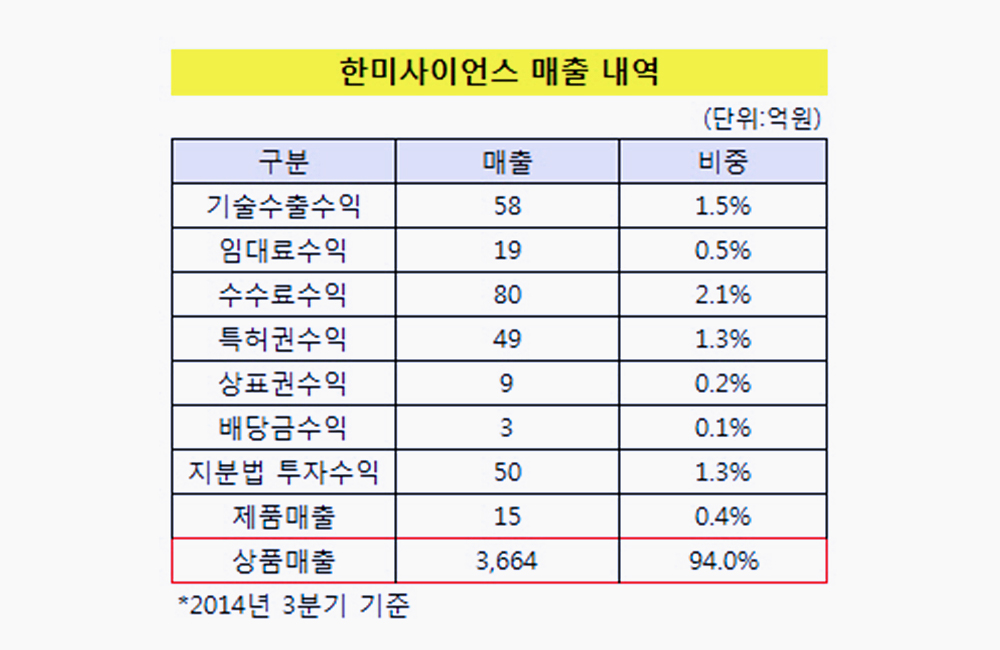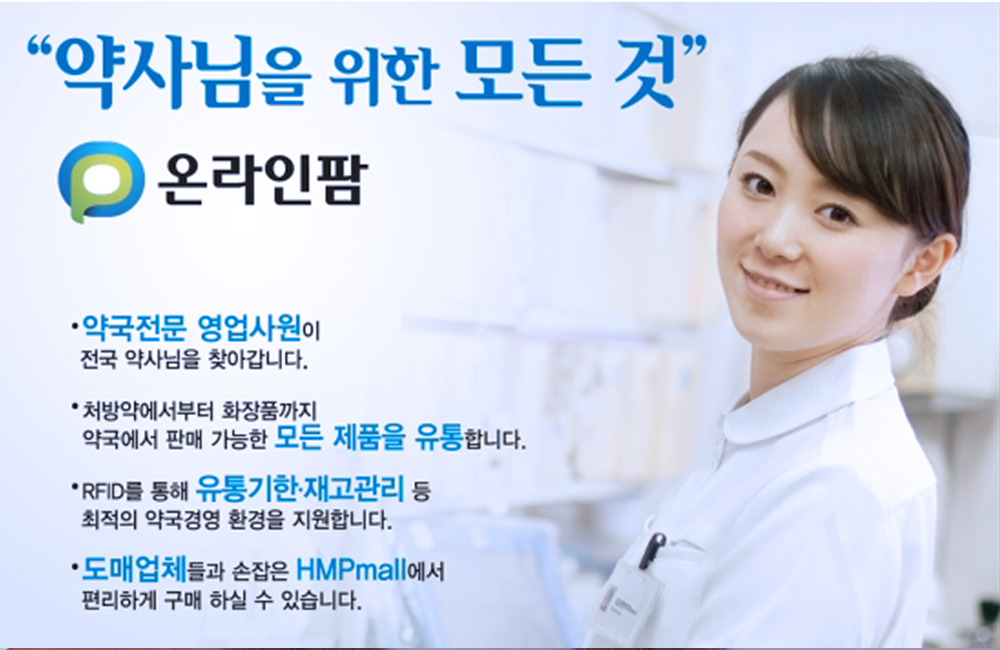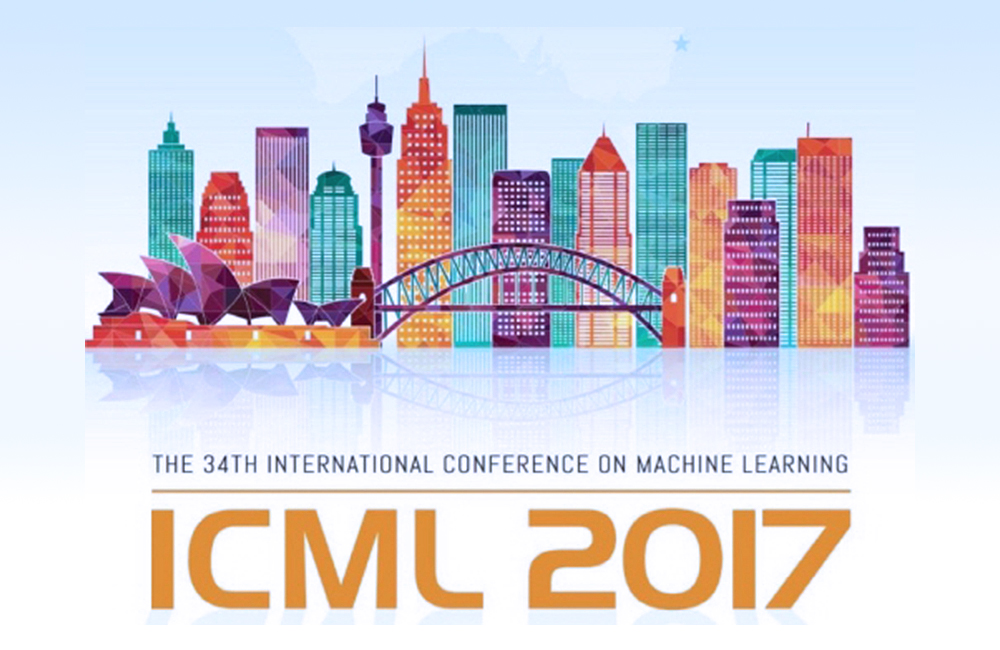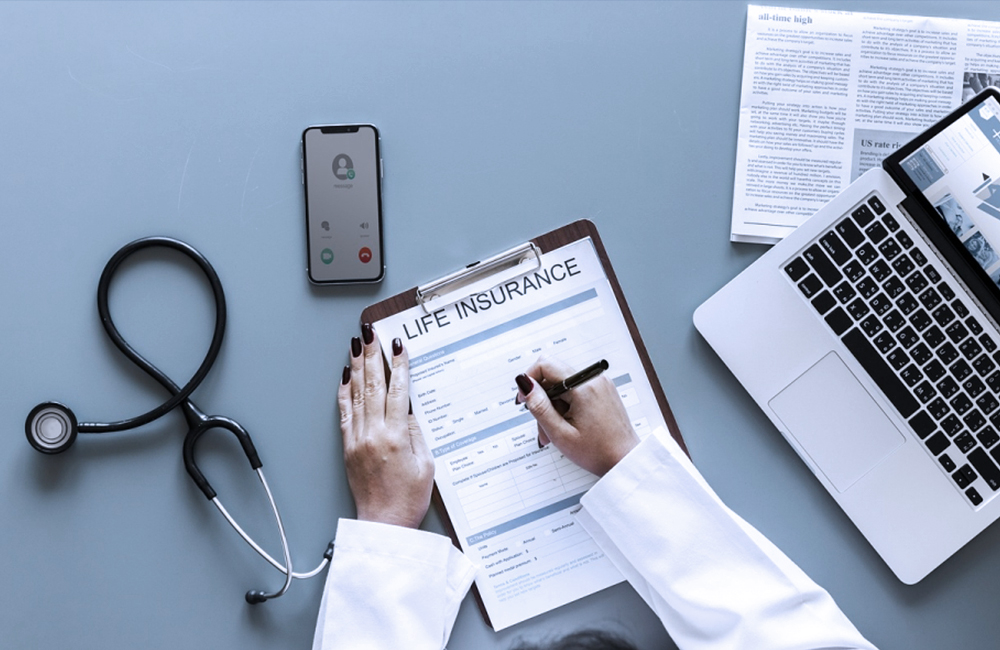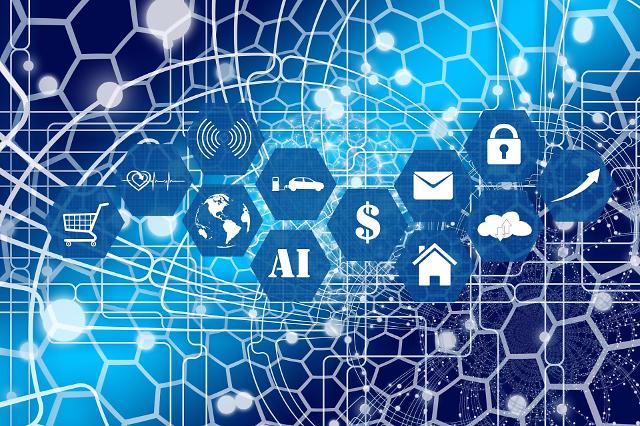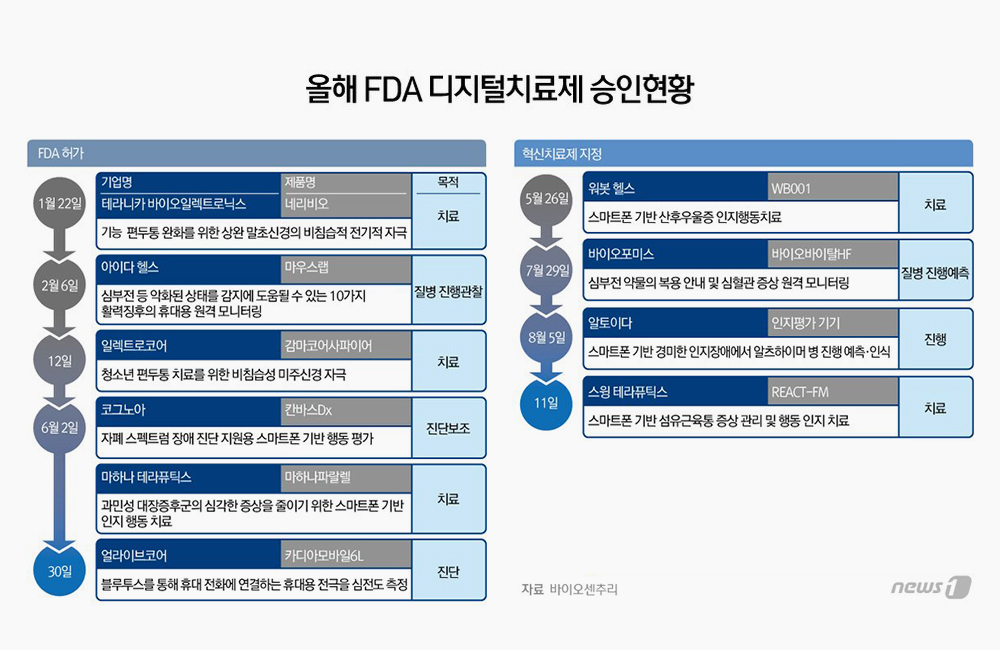Erik Brenneis, IoT Director at Vodafone, tells us about IoT's potential to transform healthcare
There are 120 million ‘Internet of Things’ (IoT) connections deployed worldwide, 20 million of which are in healthcare.
In its early days, IoT's usage in healthcare was focused on the maintenance and control of large medical machines, enabling suppliers to monitor the machines remotely and ensure they kept running.
In time people realised the additional value this type of connectivity could bring to healthcare. What if it could allow doctors to monitor patients from within their homes?
There are a number of conditions for which this is particularly suitable. One is sleep apnoea, a potentially dangerous disorder where breathing stops and starts while someone is sleeping. A remote device can monitor their sleep and alert a medical professional if they stop breathing.
Heart disease is another area. "We started a big project with Medtronic on pacemakers a few years ago", Erik Brenneis explains. "Pacemakers inside the body do not have cellular connectivity. They connect through short-range wireless connectivity. They send their data to a bedside device which has Vodafone connectivity built-in, and that sends the data to the doctor or the hospital."
The purpose of this is twofold. "With pacemakers, you always need to know the battery's status, so it transmits this information as well as critical information about the patient's heart behaviour. If there's a problem, someone can be called to exchange the battery, or a doctor can be alerted if the patient is at risk."
IoT has also been transformative for people with diabetes. "We're seeing more generic remote monitoring applications for doctors that don't only offer video conferencing, but provide the patient with a system at home where relatively simple things like weight, temperature or blood pressure are connected to a device that is taking all these measurements automatically, and sending them to a doctor."
Remote monitoring is especially useful for the elderly as it removes the need to type all this data by hand and reduces trips to the doctor. "This is a solution we built in Greece for people living on the Greek islands. There are a lot of older people living there, but there are not many doctors. It's really helping improve lives there", Brenneis says.
The impact of COVID-19
When the pandemic started, Vodafone developed a wide array of IoT solutions to meet the new challenges of COVID-19. These included thermal cameras, which factory operators and tourist companies purchased to measure the temperature of people before entering their sites.
Vodafone also developed tools to manage social distancing, including a wristband designed for employees of amusement parks. "We rolled this out at Gardaland Resort in Italy. The wristbands measure when somebody comes closer than two metres and then sends a notification [and] logs that as an incident. So at the end of the day, the employer, which is the amusement park, can prove to authorities that they didn't have any incidents, that employees were safe, and they always kept their distance."
They applied similar principles to office management, placing sensors in a room to measure the distance between people. This allows employers to see how busy a particular floor is and keep to the maximum permitted capacity.
Vaccinations
Perhaps the area where IoT is having the most significant impact right now is in the global vaccine distribution effort. Brenneis says there are three key needs that IoT can solve:
• Tracking the vaccines.
• Monitoring the conditions in which they are stored throughout their journey.
• Ensuring a visible supply chain to monitor demand.
In order to be effective, the Pfizer-BioNTech vaccine needs to be kept at -70C. That’s not an easy feat given that it needs to travel both on land and by air from centres in the United States, Germany and Belgium, with possible storage time in distribution centres before being delivered to a vaccination site. Controlant, a specialist cold chain distribution company based in Iceland, works with Pfizer to manage the temperature of the supply chain, using Vodafone sims inside all their devices. All GPS data is transmitted via these sims, including temperature and humidity.
Monitoring the whereabouts of the doses, along with ancillary items such as syringes, is also crucial. Brenneis explains that in lower-income countries, sometimes vaccines are delivered without sufficient equipment to safely use them. Vodafone has built a system to tackle this in South Africa and neighbouring countries called mVacciNation. The system "acquires data regarding the stock levels in various locations like hospitals or doctor's practices. Doctors or logistics workers can go into the storage rooms and use their phones to scan barcodes, and the phones then transmit this data to the mVacciNation platform, so it knows how many syringes are on display, how many vaccines there are, and how much other equipment there is."
"People can also register to be vaccinated via the platform and are directed automatically by the system to their vaccination site. They also get an electronic passport from the platform, which ensures they have records showing they've been adequately vaccinated. If they need a second vaccine, it reminds them and directs them to the next site, which could be different to the first location if that's where the vaccines are now available.", Brenneis adds.
Brenneis says Vodafone is proudly playing its part in ensuring an equitable distribution of vaccines worldwide. "In Africa, we see ourselves as a very important part of society, with [a] responsibility that goes beyond providing telecommunications services. We try to improve things with our technology first because that's where we have the biggest lever, but where that's not enough, we help through the Vodafone foundation."
To date, Vodafone has donated €4.2 million to support the vaccine rollout, including making sure syringes are available at critical sites. "We've especially focused on hard-to-reach communities across Africa because these also tend to be the poorest", Brenneis says.
The future for IoT in healthcare
Brenneis believes many of these IoT solutions will become mainstream in the near future as barriers to adoption are overcome. Historically one of the main challenges has been cost. However, one of the long-term benefits is making cost savings. IoT removes the need to send maintenance engineers out to repair devices and reduces unnecessary trips to the doctor.
Another barrier has been the complexity of implementing IoT. "Medical equipment companies are not communication experts", Brenneis explains. "From a hardware point of view, they didn't know what kind of device to put into a medical machine for it to communicate. So we found a way to help our customers by saying that if they used Vodafone connectivity in their medical devices, we would provide the telecommunications and the engineer to help them develop their solution together."
Embedding communications and healthcare will be a part of how healthcare providers digitise in the future. Brenneis explains that in Germany, they are already building 5G networks directly within hospitals. "These 5G networks are different from a wifi network which is usually the standard in a hospital nowadays, but also different from a 4G network in that there is immediate response time when you send a message from one place to another, within one millisecond. In comparison, the response time of a 4G network is 30 milliseconds, which is more than human reaction time.
"This is enabling very innovative remote surgery applications, where an expert surgeon can be somewhere with a virtual reality headset on and can be in the emergency room with others, telling them exactly what to do. They are all connected through an ultra-safe 5G system where there's no possibility of the connection dropping because you can reserve a certain bandwidth for exactly this kind of application. That's really exciting."



